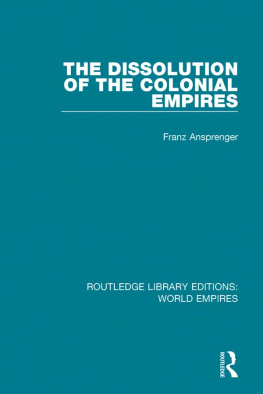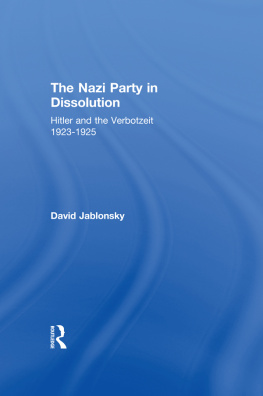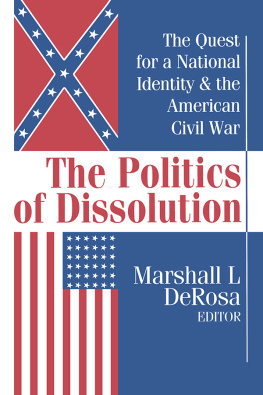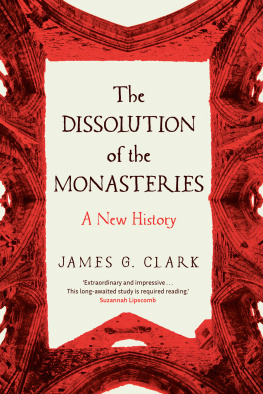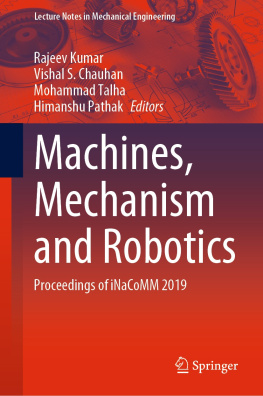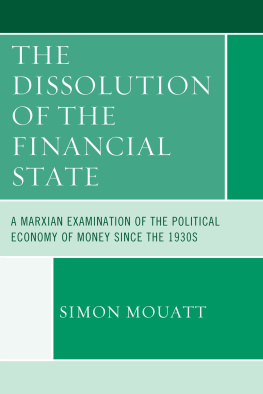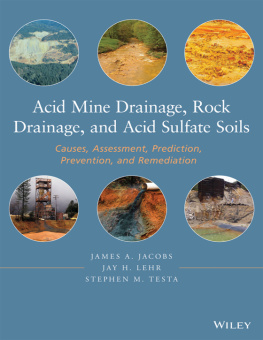Table of Contents
List of Figures
- Figures in Chapter 1
- Figures in Chapter 2
- Figures in Chapter 3
- Figures in Chapter 4
- Figures in Chapter 5
- Figures in Chapter 6
- Figures in Chapter 7
List of Tables
- Tables in Chapter 1
- Tables in Chapter 2
- Tables in Chapter 3
- Tables in Chapter 4
- Tables in Chapter 5
- Tables in Chapter 6
- Tables in Chapter 7
Landmarks
Biohydrometallurgy of Chalcopyrite
Hongbo Zhao
Central South University, Changsha, Hunan, China
Congren Yang
Central South University, Changsha, Hunan, China
Xian Zhang
Central South University, Changsha, Hunan, China
Yisheng Zhang
Central South University, Changsha, Hunan, China
Guanzhou Qiu
Central South University, Changsha, Hunan, China
Table of Contents
Copyright
Elsevier
Radarweg 29, PO Box 211, 1000 AE Amsterdam, Netherlands
The Boulevard, Langford Lane, Kidlington, Oxford OX5 1GB, United Kingdom
50 Hampshire Street, 5th Floor, Cambridge, MA 02139, United States
Copyright 2021 Elsevier Inc. All rights reserved.
No part of this publication may be reproduced or transmitted in any form or by any means, electronic or mechanical, including photocopying, recording, or any information storage and retrieval system, without permission in writing from the publisher. Details on how to seek permission, further information about the Publishers permissions policies and our arrangements with organizations such as the Copyright Clearance Center and the Copyright Licensing Agency, can be found at our website: www.elsevier.com/permissions.
This book and the individual contributions contained in it are protected under copyright by the Publisher (other than as may be noted herein).
Notices
Knowledge and best practice in this field are constantly changing. As new research and experience broaden our understanding, changes in research methods, professional practices, or medical treatment may become necessary.
Practitioners and researchers must always rely on their own experience and knowledge in evaluating and using any information, methods, compounds, or experiments described herein. In using such information or methods they should be mindful of their own safety and the safety of others, including parties for whom they have a professional responsibility.
To the fullest extent of the law, neither the Publisher nor the authors, contributors, or editors, assume any liability for any injury and/or damage to persons or property as a matter of products liability, negligence or otherwise, or from any use or operation of any methods, products, instructions, or ideas contained in the material herein.
Library of Congress Cataloging-in-Publication Data
A catalog record for this book is available from the Library of Congress
British Library Cataloguing-in-Publication Data
A catalogue record for this book is available from the British Library
ISBN: 978-0-12-821880-8
For information on all Elsevier publications visit our website at https://www.elsevier.com/books-and-journals

Publisher: Candice Janco
Acquisitions Editor: Kostas KI Marinakis
Editorial Project Manager: Ruby Smith
Production Project Manager: Kumar Anbazhagan
Cover Designer: Miles Hitchen
Typeset by TNQ Technologies
Preface
Chalcopyrite (CuFeS2) is the most abundant copper-containing mineral resource in the world, accounting for more than 70% of global copper reserves. It is also widely distributed in solid waste and secondary resources. Chalcopyrite is mainly treated by beneficiation-pyrometallurgy technology to recover copper, which cannot process chalcopyrite of a low grade and fine and complex distribution easily and economically. Biohydrometallurgy (bioleaching, biomining, microbial leaching, and bacterial leaching) is an alternative hydrometallurgical technology for conventional beneficiation-pyrometallurgy, especially used to process mineral resources of low grade and fine and complex distribution. It also has an important role in processing solid waste and secondary resources, such as tailings, smelter waste, and electronic waste.
It is important to develop bioleaching technology for chalcopyrite, especially heap leaching. However, the large-scale industrialization of chalcopyrite bioleaching is hindered by its slow leaching kinetics and low copper extraction. To overcome this challenge, the dissolution mechanism of chalcopyrite bioleaching should first be interpreted, and then control and intensification techniques need to be developed. In this book, the related information is summarized and discussed in seven chapters, including microorganisms used in chalcopyrite bioleaching (). We believe that this book will be a useful reference in both laboratory research and industrial production.
All the authors
Central South University,
Changsha, Hunan, China
Chapter 1: Microorganisms used in chalcopyrite bioleaching
Abstract
Bioleaching systems are a type of extremely acidic environment known to be harmful to most prokaryotes and eukaryotes. There is a wide biodiversity of acidophilic microorganisms in these eco-environments. Many studies have investigated acidophilic prokaryotes related to industrial bioleaching, primarily because of their potential for commercial application. Metagenomics allows us to acquire potential resources from both cultivatable and uncultivable microorganisms in the environment. Here, shotgun metagenome sequencing was used to investigate microbial communities from the surface layer of low-grade copper tailings that were industrially bioleached at the Dexing Copper Mine, China. A bioinformatics analysis was further performed to elucidate structural and functional properties of the microbial communities in a copper bioleaching heap. Taxonomic analysis revealed unexpectedly high microbial biodiversity of this extremely acidic environment, because most sequences were phylogenetically assigned to Proteobacteria, whereas there was a low proportion of Euryarchaeota -related sequences in this system, assuming that Archaea probably had little role in the bioleaching systems. At the genus level, the microbial community in the mineral surface-layer was dominated by sulfur- and iron-oxidizing acidophiles such as Acidithiobacillus -like populations, most of which were Acidithiobacillus ferrivorans -like and Acidithiobacillus ferrooxidans -like groups. In addition, Caudovirales were the dominant viral type observed in this extreme environment. Functional analysis illustrated that the principal participants related to key metabolic pathways (carbon fixation, nitrogen metabolism, Fe(II) oxidation, and sulfur metabolism) were mainly identified to be Acidithiobacillus -like, Thiobacillus -like, and Leptospirillum -like microorganisms, indicating their vital roles. Our study provides several valuable datasets for understanding the composition and function of the microbial community in the surface layer of the copper bioleaching heap.


